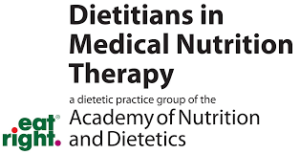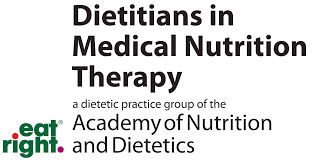Diet therapy for lactose intolerance
Lactose is a natural type of sugar found in certain dairy milk products. People with lactose intolerance may get belly pain, too much gas, bloating (belly swelling), diarrhea or nausea (feel like vomiting) two to eight hours after eating or drinking a lactose-containing food. The more lactose you eat or drink, the more symptoms you may have if you are lactose-intolerant. Small portions of the same foods might not cause symptoms.
Lactase is an enzyme that breaks lactose down and makes it easier to digest.
Lactose intolerance is NOT the same as an allergy to milk. While the symptoms of lactose intolerance can be very unpleasant, they will not cause any harm.
Getting started on the diet
The recommended diet for lactose intolerance is some combination of the following:
- Limit dairy products to low lactose or lactose-free options.
- Some dairy products are naturally lactose free, such as many types of aged cheese. Butter is very low in lactose and usually easy to tolerate.
- Other dairy foods are made lactose free by adding lactase enzyme to pre-digest the lactose, such as lactose-free dairy milk or lactose-free dairy yogurt.
- Use over-the-counter lactase enzyme supplements with the first bite of dairy foods that contain lactose to help you digest them.
- Use dairy-free substitutes for dairy products (often, these will be labeled “vegan” and made from soymilk, almond milk, coconut milk or other dairy-free alternatives).
Label reading
Lactose-free dairy products (Lactaid milk, lactose-free yogurts, hard cheeses) are made from real dairy and have been treated to reduce the lactose content of the product. Dairy-free products are made from plants, such as nuts or grains (e.g., almond, coconut, soy, oat) and are naturally lactose-free.
If you are avoiding lactose, look for the following ingredients on a food label and avoid foods that contain:
- Milk, skim milk
- Lactose
- Whey, whey protein concentrate
- Curds
- Milk by-products
- Milk solids
- Non-fat dry milk powder; skim milk powder
Some food ingredients appear to contain lactose, but are actually lactose free. The following ingredients are safe to eat on a lactose-free diet:
- Lactate/lactic acid
- Lactalbumin
- Casein/caseinate
- Lactylate
Hidden sources of lactose
Lactose can be hidden in unlikely places. Here are some hidden sources of lactose:
- Baked goods
- Salad dressings
- Processed grain products such as instant oatmeal, cereals, granola and cereal bars, crackers, mixes; pancake, waffle, biscuit and cookies
- Protein bars
- Soups
- Rice and noodle mixes
- Creamy alcoholic beverages, like egg nog
- Candy; including caramels and milk chocolate
- Medications and dietary supplements
Written by

Tamara Duker Freuman, MS, RD, CDN, and Anne Roland Lee, EdD, RDN, LD
Reviewed by the DIGID Disorders of the Brain Gut Interaction workgroup ©March 2021

Tamara Duker Freuman, MS, RD, CDN, and Anne Roland Lee, EdD, RDN, LD
Reviewed by the DIGID Disorders of the Brain Gut Interaction workgroup ©March 2021




